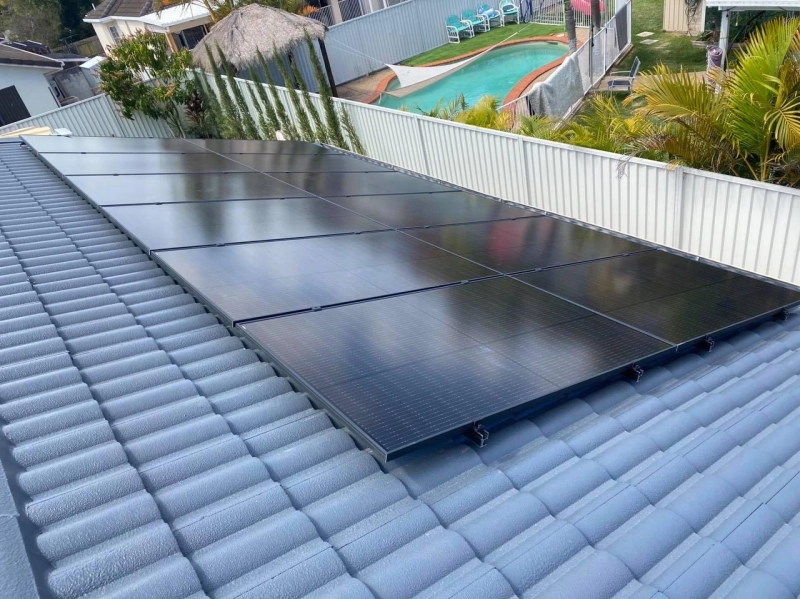As we delve into the world of renewable energy, off-grid solar systems have become increasingly popular, providing a lifeline to electricity in remote areas where the grid doesn't reach. Central to the operation of these systems is an array of components that ensure efficiency and safety, with the solar battery switch playing a pivotal role.
An off-grid solar system typically consists of solar panels, a battery bank, a charge controller, and an inverter, among other elements. While each component has its importance, the battery switch is often underestimated despite its critical function within the system. This article explores why the battery switch is essential in off-grid solar systems, highlighting its functions, benefits, and considerations for proper installation.
Functionality of the Battery Switch
The primary role of a battery switch in an off-grid solar system is to disconnect the battery bank from the rest of the system components. This capability is crucial for several reasons. First, it allows for safe maintenance and installation work on other parts of the system without the risk of electric shocks or damage to the electronic components. Second, it serves as a vital safety mechanism in the event of system failure or during emergencies, allowing for the complete isolation of the power supply.
Additionally, a battery switch can help manage the energy flow within the system more effectively. By controlling when and how the battery bank is connected to the system, it can prevent overcharging or excessive discharging, thus extending the life of the batteries. This is particularly important in off-grid setups, where the sustainability and longevity of the system are paramount.
Benefits of Installing a Battery Switch
Installing a battery switch in an off-grid solar system offers numerous benefits. Safety, undoubtedly, is the paramount advantage. The switch provides a fail-safe that can quickly isolate the battery bank, preventing potential hazards like electrical fires or explosions caused by faulty components or wiring.
Efficiency is another significant benefit. By managing the connection and disconnection of the battery bank, the switch ensures that batteries are not overused or left to discharge beyond safe levels. This not only protects the battery's health but also optimises the overall energy efficiency of the system.
Moreover, a battery switch simplifies the troubleshooting process. In systems without a switch, diagnosing issues can be more challenging and hazardous. With a switch, one can easily isolate the problem area without affecting the rest of the system, facilitating quicker and safer repairs and maintenance.
Considerations for Installation
While the benefits of a battery switch are clear, proper installation is crucial to realise these benefits fully. The switch should be robust enough to handle the maximum expected current from the battery bank and should be rated for both the voltage and the current of the system. It is also vital to install the switch in a location that is easily accessible for quick operation in case of emergency.
It is advisable to use a waterproof and durable switch, especially in environments prone to moisture, dust, or extreme temperatures, to prevent premature failure. Furthermore, ensuring that all connections are tight and secure can prevent potential electrical failures and ensure the longevity and reliability of the switch.
Summing up, the solar battery switch is not just another component in an off-grid solar system; it is a critical part that ensures safety, efficiency, and longevity. Effectively managing the connection of the battery bank to the system not only safeguards the equipment and the users but also enhances the system's overall performance.


